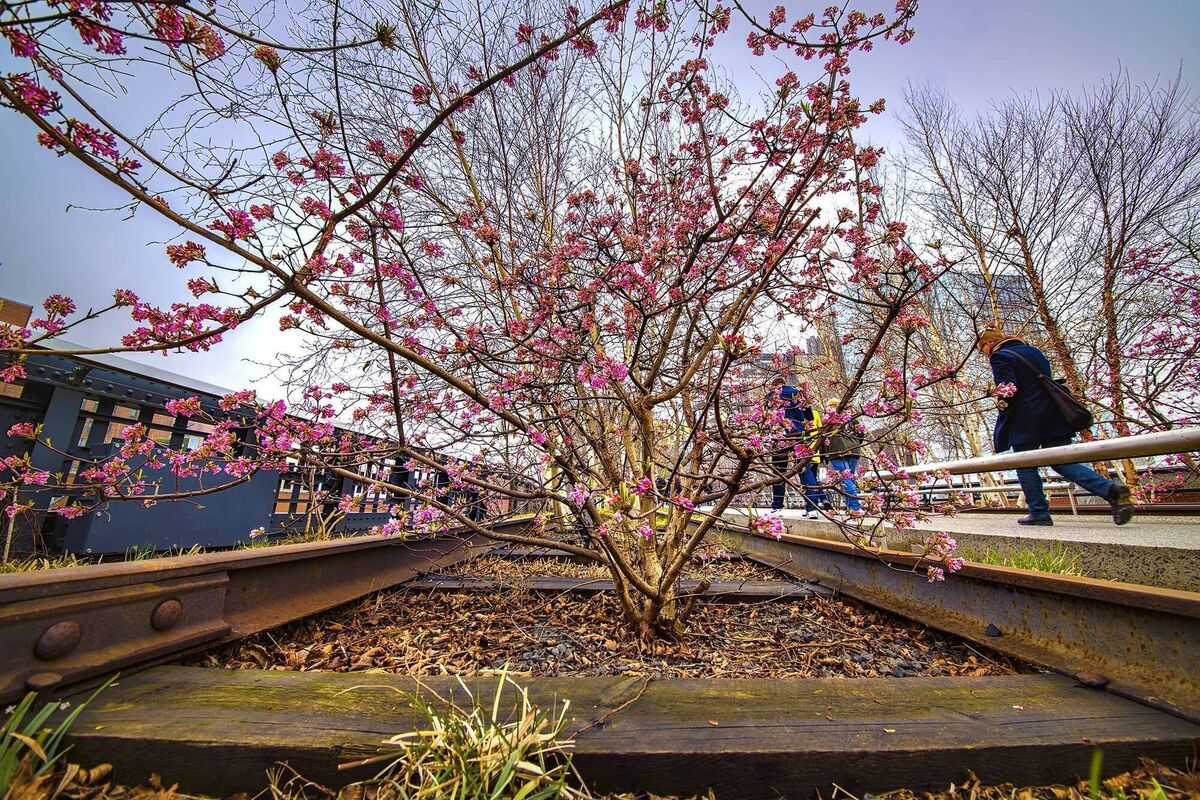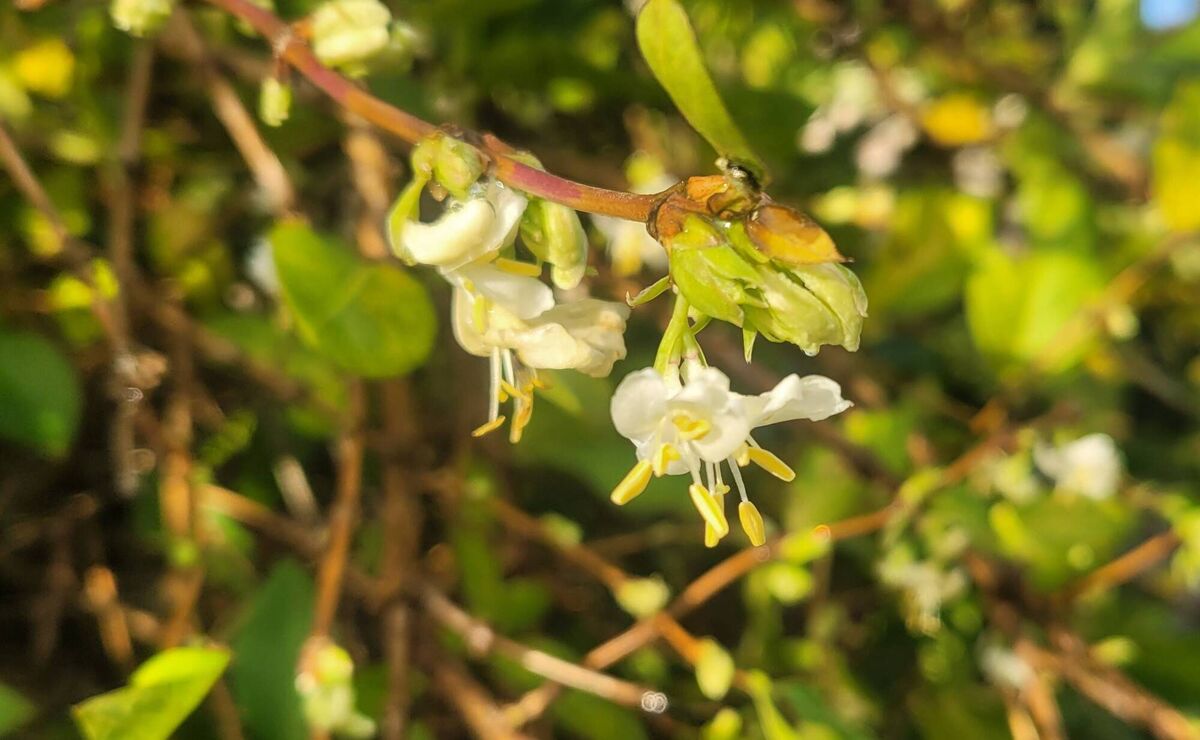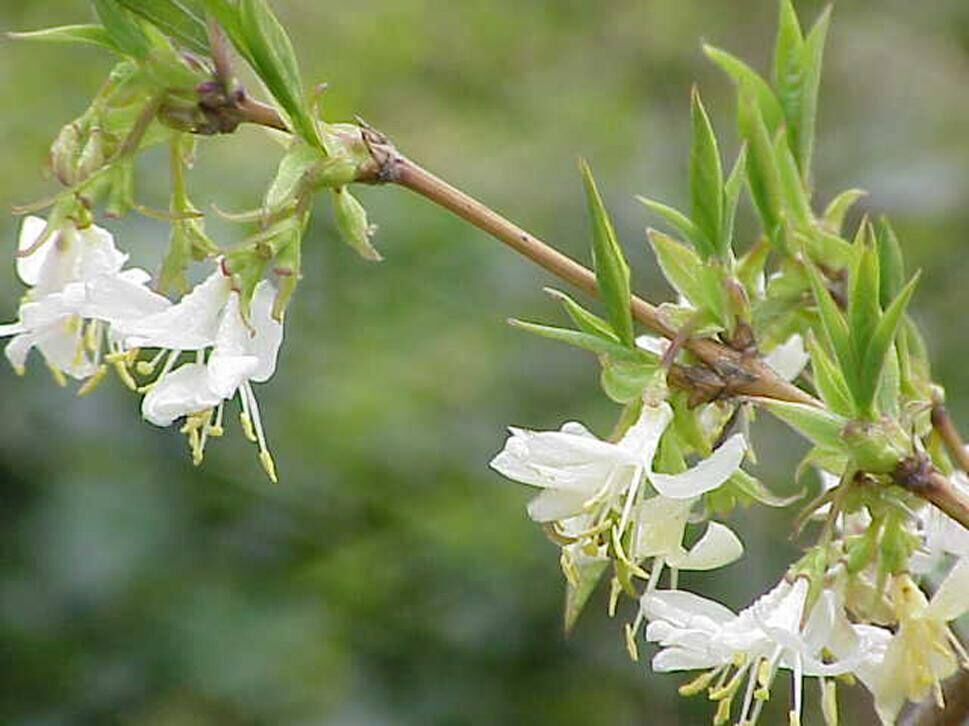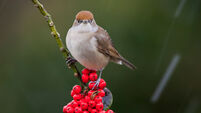Peter Dowdall: My pick of the scented winter-blooming bunch

Daphne bholua 'Jacqueline Postill' is an evergreen winter and spring-flowering plant whose blooms are intensely fragrant. File pictures
Winter recently made her presence felt with her icy grip on our gardens. Now, while all sensible gardeners will have, as I did, run for the indoors in search of nice warm jobs that needed to be done, the outdoors was truly beautiful to look at. And if you are any good with the camera or smartphone, you could get some wonderful images.

The mesmerising scent of this daphne is often described as sweet and citrusy. My olfactory nerve is neither sensitive nor fine-tuned enough to identify such specifics, so I can neither agree nor disagree — however, I can tell you that its blossoms will fill the air with their perfume, even on the coldest of days.
The variety Dawn is the one most commonly grown and it boasts clusters of pink, fragrant blossoms that appear on naked stems during December and January, creating a stunning spectacle and again, filling the garden with a sweet fragrance that lingers in the crisp winter air. These scents seem to linger in the air for longer, the lower the temperatures are.

The sweet, alluring fragrances emitted by winter-flowering plants are often designed to entice specific pollinators, such as moths or early-emerging bees, which are vital for the plant’s reproduction. By releasing their specific scents, these plants increase the likelihood of attracting these essential pollinators, thus ensuring the successful transfer of pollen and the production of seeds.

Beyond their role in attracting pollinators, the scents of winter-flowering plants also serve as a form of chemical defence, deterring herbivores and pathogens, particularly during a time when resources may be scarce. The VOCs released by these plants can act as a form of chemical warfare, repelling potential herbivores and preventing the advances of microbial invaders.

The alluring scents that permeate the air can uplift the spirits, evoke memories, and create a sense of connection to the natural world.

- Got a gardening question for Peter Dowdall? Email gardenquestions@examiner.ie











